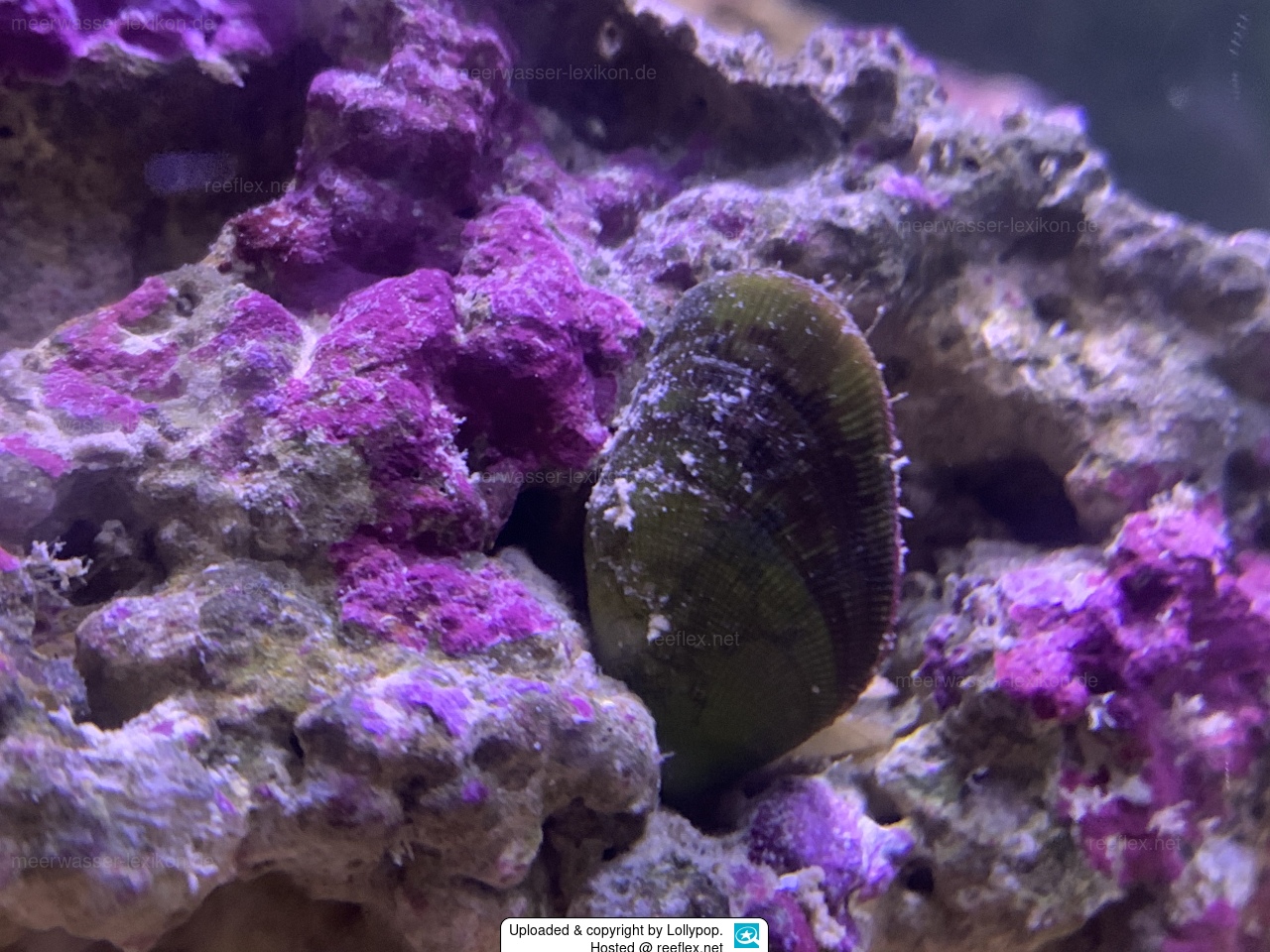Info
Septifer bilocularis (Linnaeus, 1758)
Septifer bilocularis belongs to the family Mytilidae, the mussels.Mussels of this family are distributed worldwide.They have byssus threads with which they attach themselves to stones. Since mussels are filter feeders, they make themselves useful in the aquarium.
The clam lives on rocks, under stones and on dead coral and can be found as deep as 15 meters. They sometimes occur in clusters, forming dense populations.
It is a common clam species found in aquariums and is usually introduced via live rock. The mussel is quite variable in coloration, a good keeper and quite tough. It occurs only sporadically and is an enrichment of the diversity of species in the tank.
Synonymised names
Modiola subtriangularis W. H. Turton, 1932 · unaccepted (junior synonym)
Mytilus bilocularis Linnaeus, 1758 · unaccepted
Mytilus nicobaricus Röding, 1798 · unaccepted
Mytilus septulifer Menke, 1830 · unaccepted
Tichogonia bilocularis (Linnaeus, 1758) · unaccepted
Tichogonia kraussii Küster, 1841 · unaccepted
Tichogonia wiegmannii Küster, 1841 · unaccepted
Septifer bilocularis belongs to the family Mytilidae, the mussels.Mussels of this family are distributed worldwide.They have byssus threads with which they attach themselves to stones. Since mussels are filter feeders, they make themselves useful in the aquarium.
The clam lives on rocks, under stones and on dead coral and can be found as deep as 15 meters. They sometimes occur in clusters, forming dense populations.
It is a common clam species found in aquariums and is usually introduced via live rock. The mussel is quite variable in coloration, a good keeper and quite tough. It occurs only sporadically and is an enrichment of the diversity of species in the tank.
Synonymised names
Modiola subtriangularis W. H. Turton, 1932 · unaccepted (junior synonym)
Mytilus bilocularis Linnaeus, 1758 · unaccepted
Mytilus nicobaricus Röding, 1798 · unaccepted
Mytilus septulifer Menke, 1830 · unaccepted
Tichogonia bilocularis (Linnaeus, 1758) · unaccepted
Tichogonia kraussii Küster, 1841 · unaccepted
Tichogonia wiegmannii Küster, 1841 · unaccepted







 Lollypop
Lollypop








